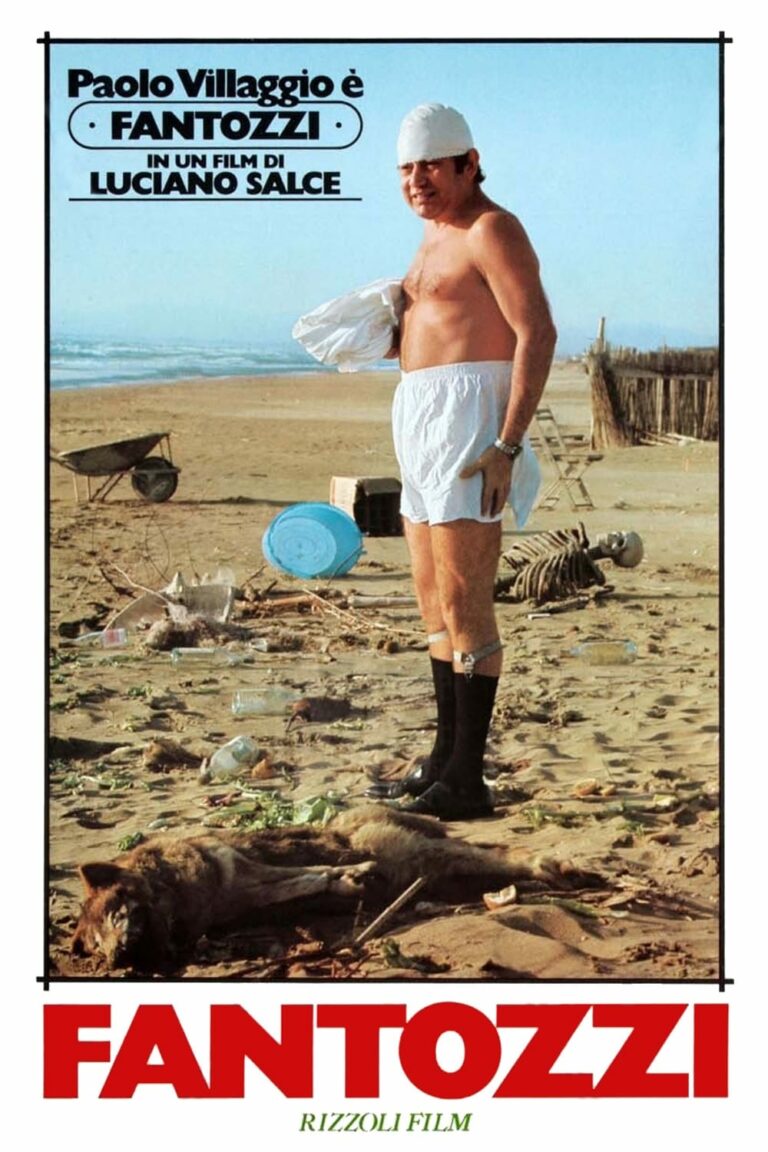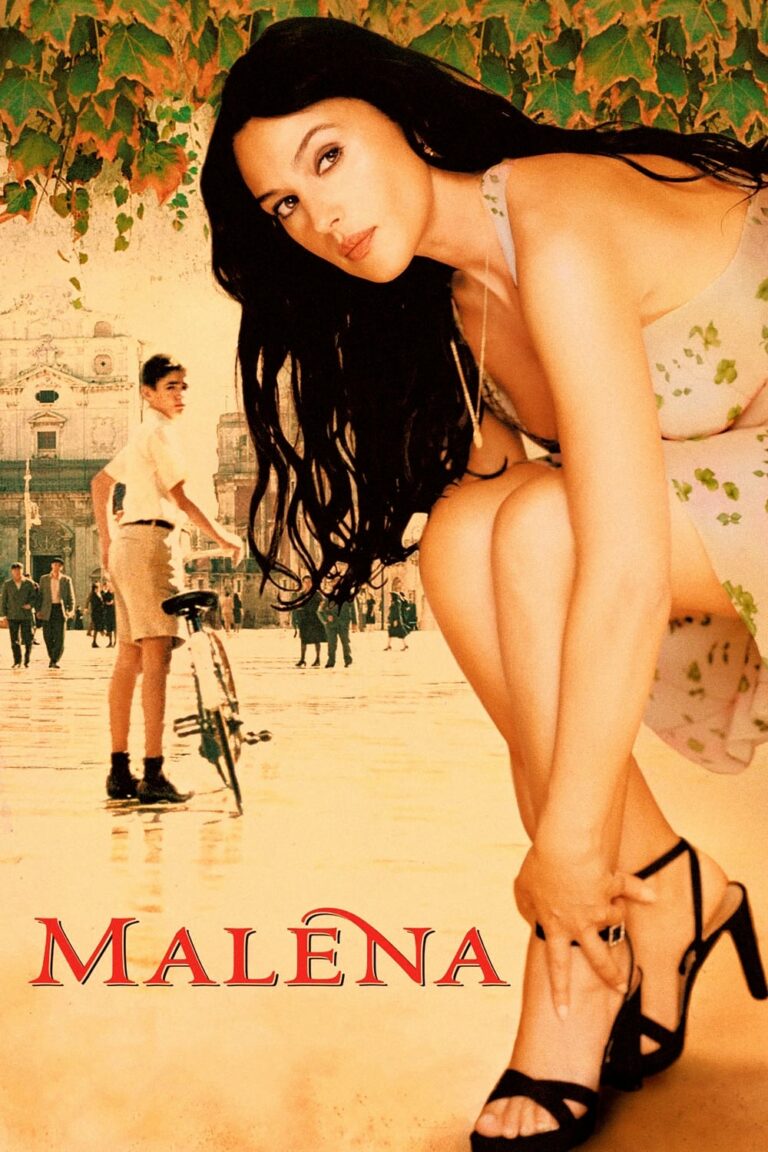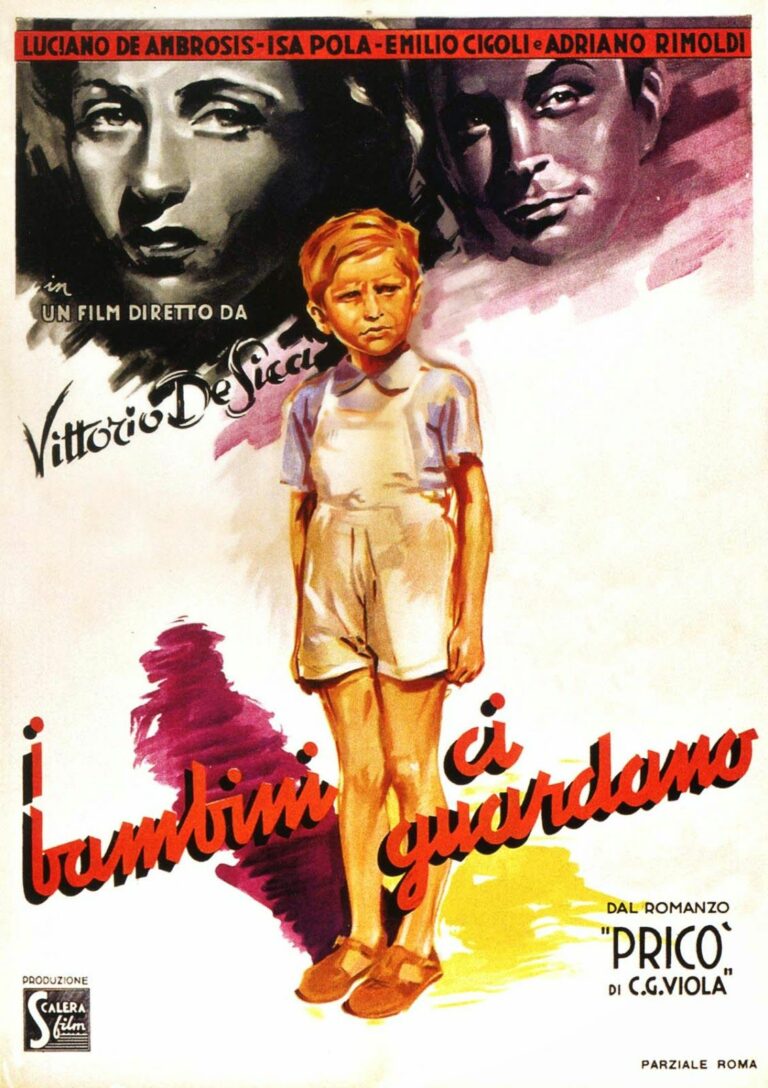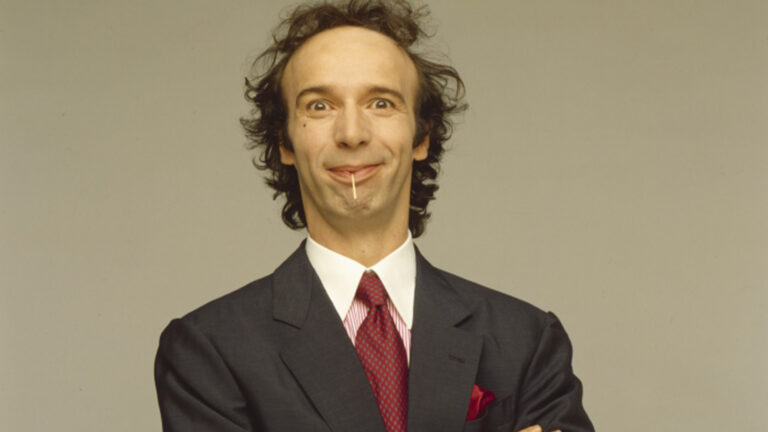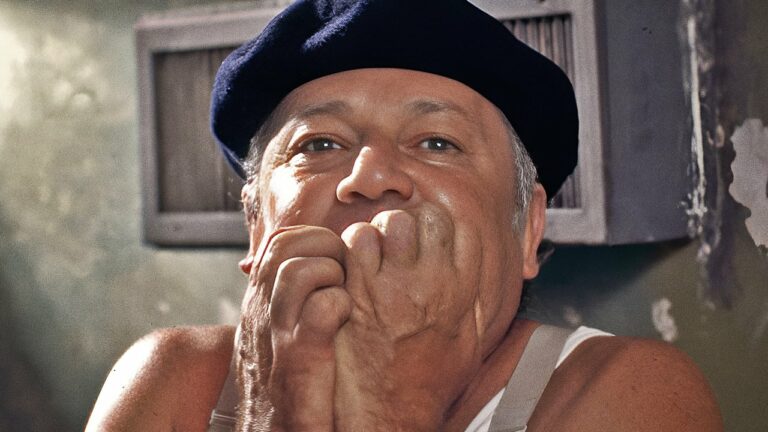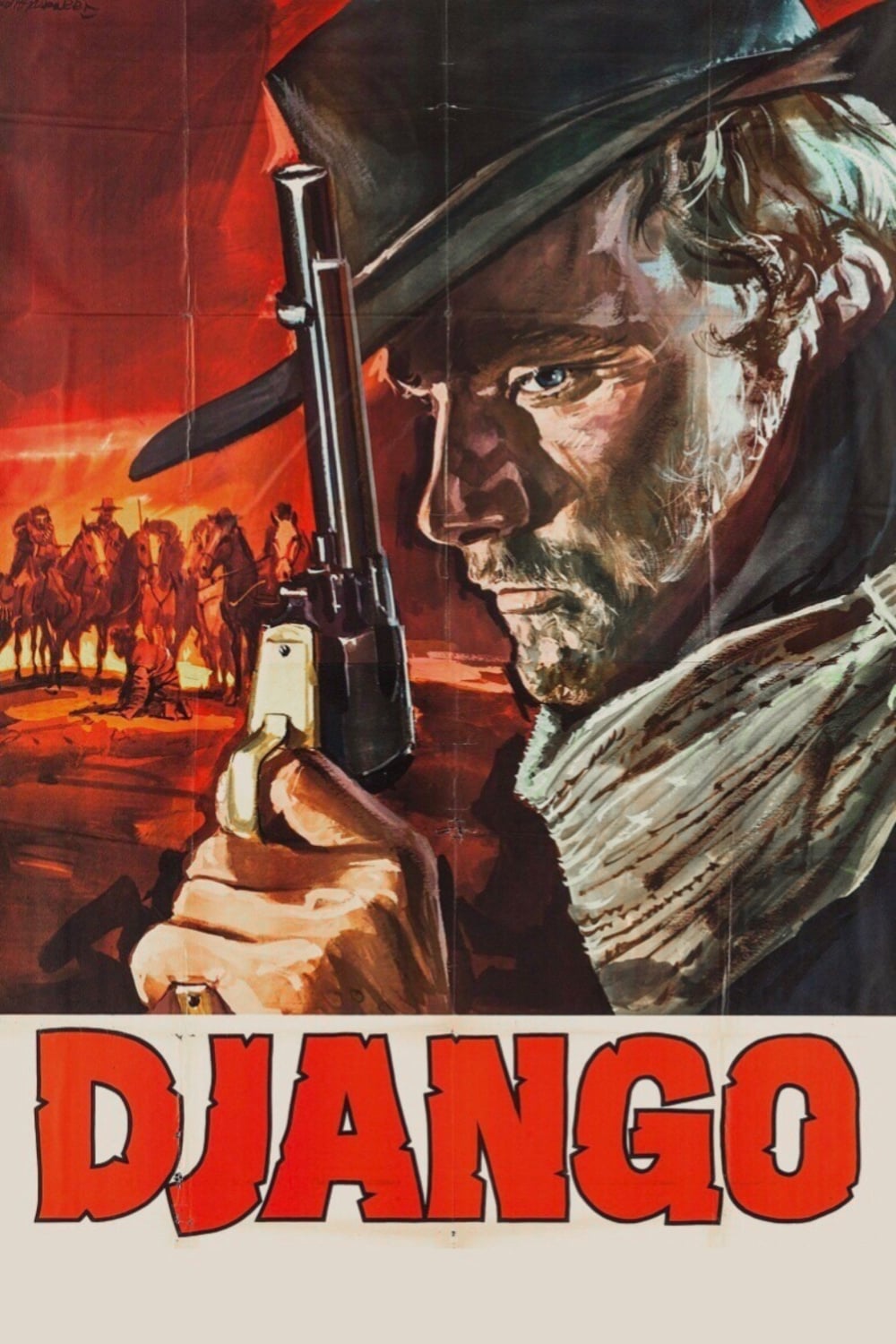
Released in 1966, Django is a seminal Spaghetti Western directed by Sergio Corbucci and starring Franco Nero in the titular role. The film stands as one of the most iconic entries in the genre, rivaling even Sergio Leone’s legendary Dollars Trilogy. Known for its gritty tone, unflinching violence, and stylish storytelling, Django not only set the standard for many Westerns to follow but also solidified Corbucci’s reputation as one of Italy’s finest directors.
With its unforgettable protagonist, haunting score, and a narrative steeped in revenge and survival, Django remains a cornerstone of Spaghetti Western cinema.
The Plot: A Tale of Revenge and Redemption
Django opens with a striking image: a lone man dragging a coffin through the muddy, desolate landscape of the American Southwest. The man is Django (Franco Nero), a mysterious drifter who arrives in a small, war-torn border town plagued by violence. The town is caught in the crossfire between two warring factions: a racist group of ex-Confederate soldiers led by the sadistic Major Jackson (Eduardo Fajardo) and a gang of Mexican revolutionaries headed by General Hugo Rodriguez (José Bódalo).
Django, carrying both his enigmatic coffin and a burning desire for vengeance, becomes embroiled in the conflict. As he pits the two factions against each other, his motivations and the contents of his coffin are slowly revealed. Along the way, he saves a woman named María (Loredana Nusciak) from certain death, forming a tenuous alliance with her.
The film builds to a bloody and cathartic climax, with Django’s relentless pursuit of justice leading to a showdown that has become one of the most iconic moments in Western cinema.
Themes and Symbolism in Django
Vengeance and Justice
At its core, Django is a story of revenge. The protagonist’s journey is driven by personal tragedy, and his relentless pursuit of justice in a world rife with corruption and brutality is both compelling and morally ambiguous. Corbucci crafts a tale where traditional notions of good and evil blur, reflecting the harsh realities of the Spaghetti Western genre.
Isolation and Alienation
Django’s solitary figure, dragging his coffin through the barren landscape, symbolizes both his physical and emotional isolation. The coffin, a constant reminder of death and loss, becomes a metaphor for the burdens he carries and the violence that defines his existence.
Social Commentary
While Django is first and foremost an action-packed Western, it also serves as a critique of racism and exploitation. The antagonists, particularly Major Jackson’s gang, embody the brutal oppression of marginalized groups, while Django’s actions challenge their dominance, albeit for personal reasons.
Franco Nero: The Ultimate Anti-Hero
Franco Nero’s portrayal of Django is nothing short of iconic. With his piercing blue eyes, stoic demeanor, and raw intensity, Nero brings a magnetic presence to the screen. His Django is not the archetypal clean-cut hero; he is flawed, vengeful, and brutal, yet undeniably captivating.
Nero’s performance set the template for the anti-hero in Spaghetti Westerns, influencing countless characters in the genre and beyond. His portrayal remains one of the most enduring aspects of the film, cementing his place as a legendary figure in cinema.
Sergio Corbucci’s Direction
Sergio Corbucci, often referred to as the “other Sergio” alongside Sergio Leone, brings a unique sensibility to Django. While Leone’s Westerns are characterized by their operatic grandeur, Corbucci’s style is grittier, more visceral, and steeped in cynicism.
Corbucci’s use of stark landscapes, tight framing, and atmospheric lighting creates a palpable sense of desolation and tension. The muddy, rain-soaked town where much of the film takes place is a far cry from the arid deserts typically seen in Westerns, adding a layer of bleakness that reflects the story’s tone.
The Score: A Haunting Melody
One of the most memorable elements of Django is its theme song, composed by Luis Bacalov and performed by Rocky Roberts. The soulful ballad, with its mournful lyrics and sweeping melody, perfectly encapsulates the film’s themes of loss and vengeance. The music has become synonymous with the character and has been referenced and reimagined in numerous films and media.
Legacy and Influence
Django was an instant success upon its release, captivating audiences with its bold storytelling and visceral action. Over the years, it has become a cult classic, inspiring a wave of unofficial sequels and spin-offs, many of which simply borrowed the Django name without any connection to the original film.
The character of Django and the film’s stylistic elements have had a profound influence on cinema, particularly within the Western and action genres. Quentin Tarantino paid homage to Corbucci’s masterpiece with his 2012 film Django Unchained, which features Franco Nero in a cameo role. Tarantino has often cited Django as one of his favorite films and a major inspiration for his work.
Why Django Endures
More than five decades after its release, Django remains a touchstone of Spaghetti Western cinema. Its combination of gritty storytelling, unforgettable characters, and groundbreaking visuals has ensured its place in the pantheon of classic films. For fans of Westerns, action, or simply great filmmaking, Django is a must-watch—a film that redefined a genre and continues to captivate audiences with its raw power and timeless appeal.
